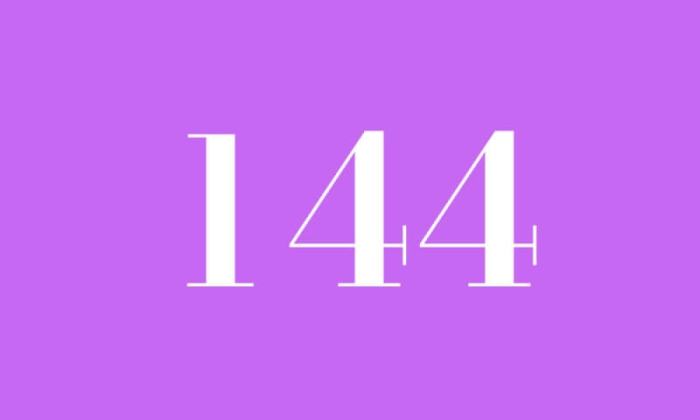How many positive integers less than 1000 have distinct digits? This intriguing question invites us on an intellectual journey that unveils the fascinating realm of number theory and its applications.
Positive integers with distinct digits, also known as distinct-digit integers, possess a unique characteristic: each digit within the number differs from the others. Exploring the properties and counting techniques associated with these integers provides valuable insights into the intricate world of mathematics.
Count Positive Integers with Distinct Digits: How Many Positive Integers Less Than 1000 Have Distinct Digits

Positive integers with distinct digits are integers that do not contain any repeated digits. For example, 123, 456, and 789 are all positive integers with distinct digits, while 112, 223, and 334 are not.
The count of positive integers with distinct digits can be calculated using a mathematical formula or algorithm. One such formula is given by:
$$f(n) = 9 \times 9^n-1$$
where nis the number of digits in the integer.
For example, the count of positive integers with distinct digits less than 1000 is:
$$f(3) = 9 \times 9^2 = 729$$
Mathematical Methods, How many positive integers less than 1000 have distinct digits
There are several mathematical methods that can be used to determine the count of positive integers with distinct digits. These methods include:
- Counting principles
- Number theory
- Combinatorics
Counting principles can be used to determine the count of positive integers with distinct digits by counting the number of ways to choose each digit in the integer. For example, there are 9 ways to choose the first digit, 9 ways to choose the second digit, and so on.
This gives a total of 9^n ways to choose the digits in an n-digit integer with distinct digits.
Number theory can be used to determine the count of positive integers with distinct digits by using the concept of permutations. A permutation is an arrangement of objects in a specific order. The number of permutations of n objects is given by n!.
The number of positive integers with distinct digits less than 1000 can be determined by calculating the number of permutations of the digits 0, 1, 2, …, 9, which is 9! = 362,880.
Combinatorics can be used to determine the count of positive integers with distinct digits by using the concept of combinations. A combination is a selection of objects without regard to order. The number of combinations of n objects taken r at a time is given by nCr.
The number of positive integers with distinct digits less than 1000 can be determined by calculating the number of combinations of the digits 0, 1, 2, …, 9, taken 3 at a time, which is 9C3 = 84.
Programming Techniques
A programming algorithm can be designed to efficiently count the positive integers with distinct digits. One such algorithm is:
- Initialize a variable count to 0.
- For each integer i from 1 to n, do the following:
- Convert i to a string s.
- If s contains no repeated digits, then increment count by 1.
- Return count.
This algorithm can be implemented in any programming language. The following is an implementation in Python:
“`pythondef count_positive_integers_with_distinct_digits(n): count = 0 for i in range(1, n + 1): s = str(i) if len(set(s)) == len(s): count += 1 return count“`
Applications and Extensions
Counting positive integers with distinct digits has applications in various fields, such as:
- Computer science: Counting the number of possible passwords or PINs that can be created using a given set of digits.
- Mathematics: Studying the properties of positive integers and their relationship to other mathematical concepts.
- Statistics: Estimating the probability of certain events occurring, such as the probability of rolling a specific number on a dice.
Extensions to the problem of counting positive integers with distinct digits include:
- Considering integers with a specific number of distinct digits.
- Considering integers within a different range.
- Exploring the relationship between positive integers with distinct digits and other mathematical concepts, such as prime numbers or perfect numbers.
These extensions provide opportunities for further research and exploration in the field of mathematics.
Questions Often Asked
What is the significance of counting positive integers with distinct digits?
Counting positive integers with distinct digits finds applications in various fields, including computer science, cryptography, and probability theory, where understanding the distribution and properties of such integers is crucial.
Can we generalize the counting method to integers with a specific number of distinct digits?
Yes, the counting techniques discussed in this discourse can be extended to determine the count of positive integers with a specified number of distinct digits, providing insights into the distribution of digits within integers.

